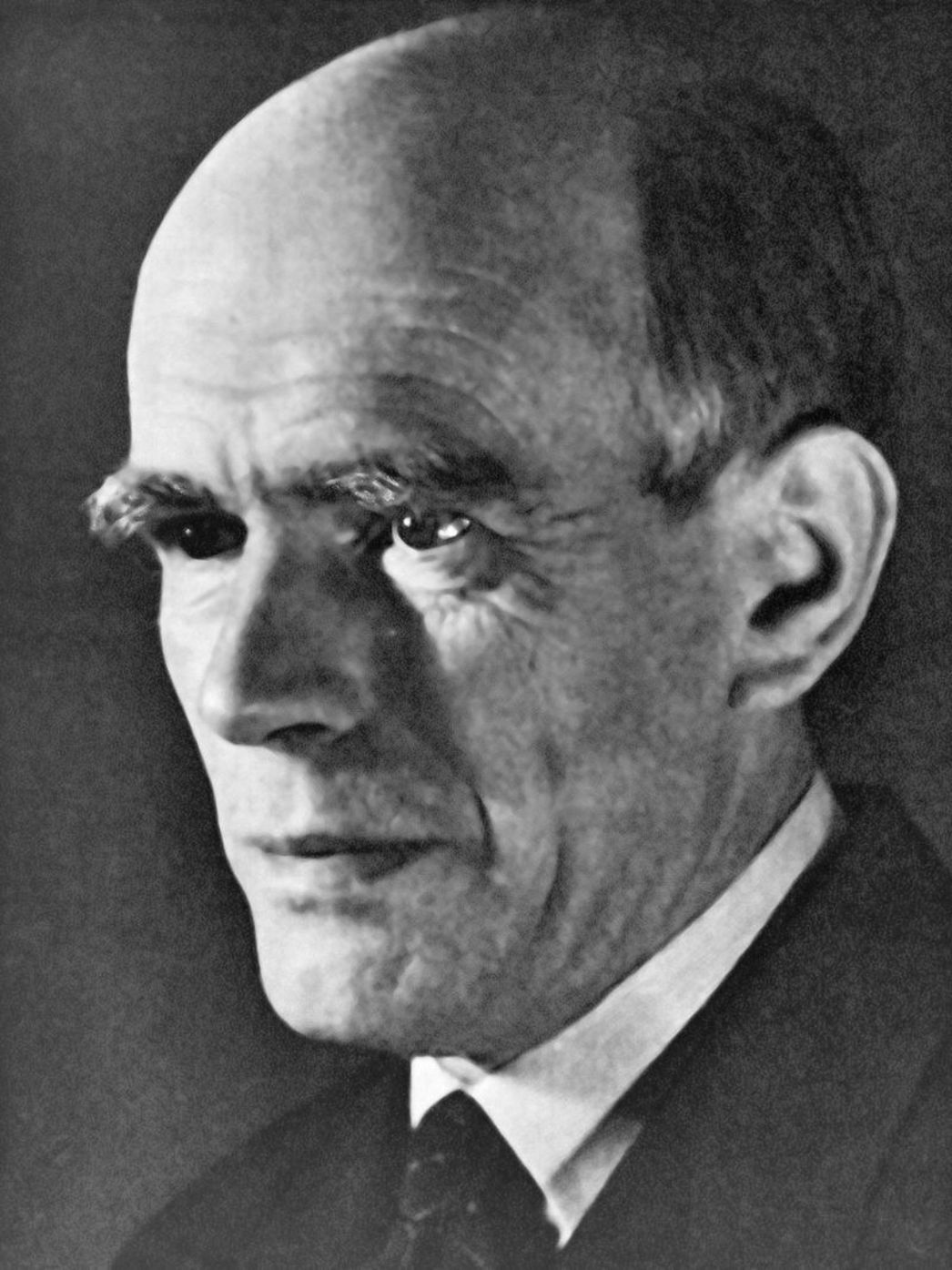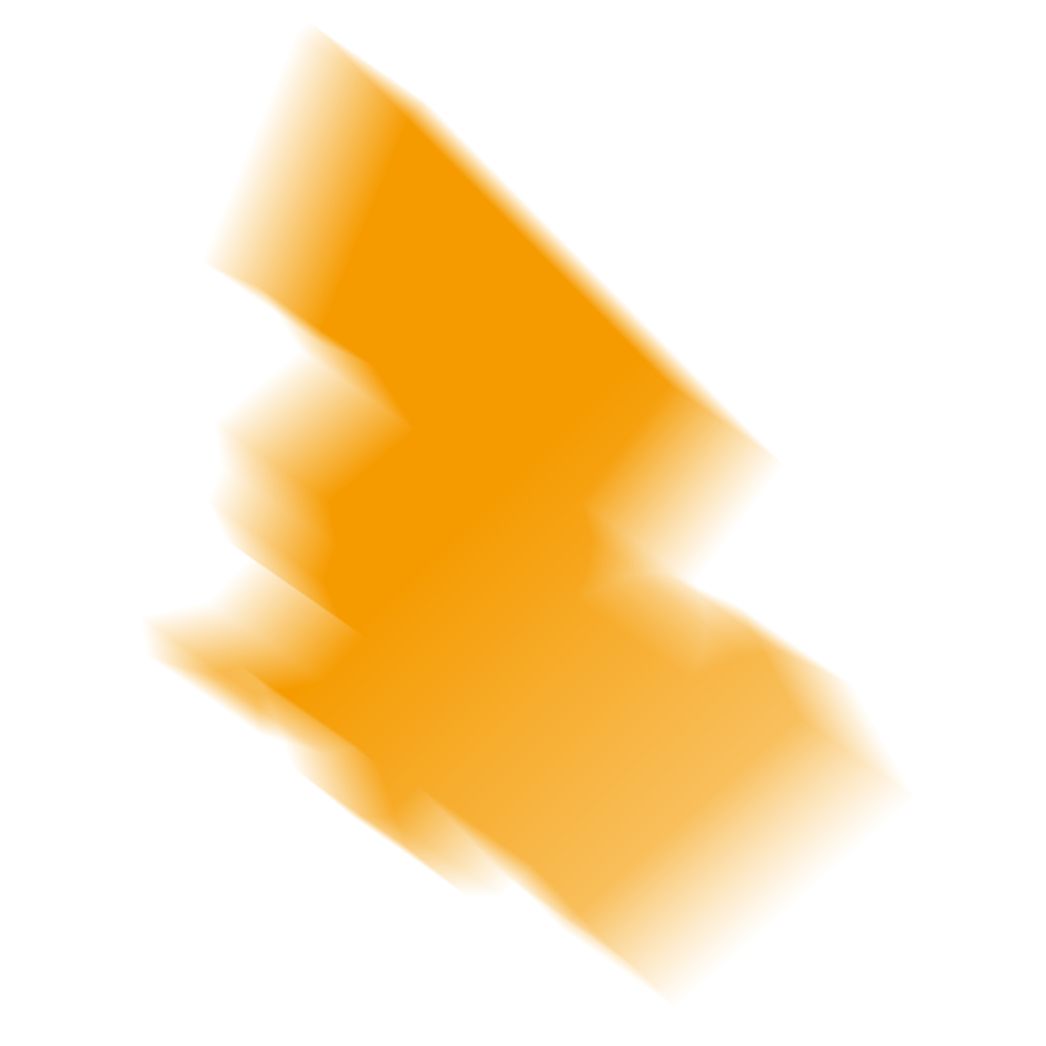
Henri Pieck was born to a working-class family in Den Helder, Netherlands on 19 April 1895, and received his first drawing lessons at the age of six. In 1914 he joined the Communist Party. He became a painter, graphic artist and illustrator; his main pictorial subjects were studies of life in poor districts, the glamourous world of vaudeville, and paintings of nudes. His work included illustrations for non-fiction books, book jacket designs and both advertising and political posters. From 1930 onwards he spent periods living in Geneva, London and Paris. Officially he was working as a courier for the Netherlands Foreign Ministry while in fact he and his wife Bernie Pieck-van Lier were spying for Soviet intelligence; he is considered to have been one of the most important agents at the League of Nations in Geneva. In 1934 a solo exhibition in Geneva’s "Club International" presented his portraits of female dancers and his nudes. During the German occupation of the Netherlands he supported the communist underground journal De Vonk ("The Spark") and continued to design exhibitions for the Dutch authorities.
Pieck was arrested in June 1941 in connection with the illegal production of De Vonk, and after a period in the Scheveningen prison and then in the Amersfoort camp he was transferred to Buchenwald Concentration Camp in April 1942. Here he carried out portrait commissions for the SS, which helped to ensure his survival. He belonged to the Dutch section of the International Camp Committee, which protected him so that he could secretly make drawings of the camp. When the SS was about to send him on a transport he contrived to disguise himself as a Russian prisoner of war and go into hiding in the Little Camp.
Following liberation Pieck returned to his family in the Netherlands. In 1946 he published a portfolio entitled containing the drawings he had made in Buchenwald, and another, Verwoest Nederland ("The Destroyed Netherlands"), with drawings of war damage in the Netherlands which he had executed both before and after his time in the camp. In the post-war period he worked mainly as a designer for international trade fairs and prestigious exhibitions.
Henri Pieck died in The Hague on 12 January 1972.


